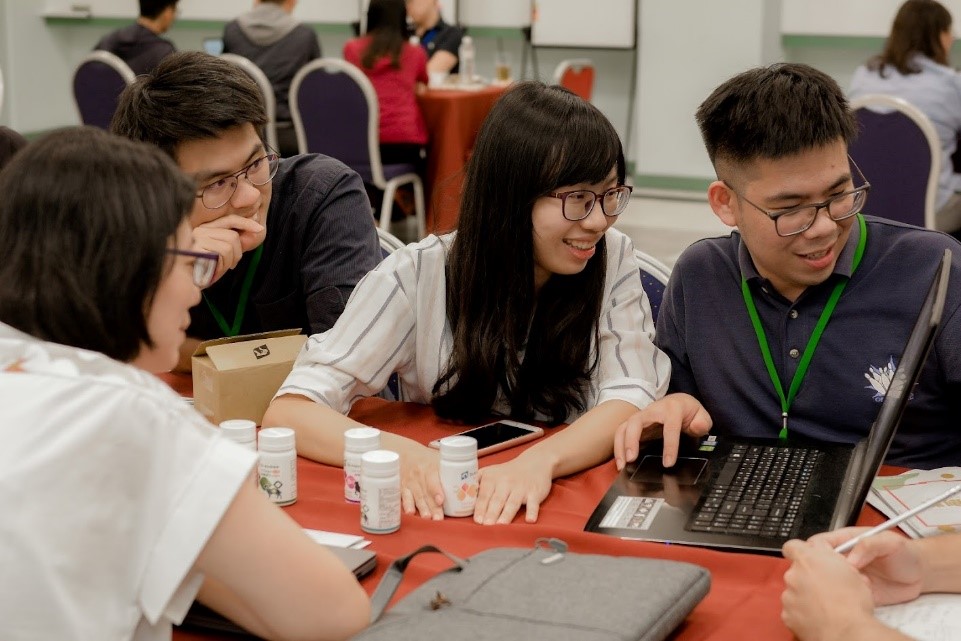The COVID-19 Pandemic Brings 12 Possible Changes to the World, Which May Well Reshape the Economy and Society

Author(s)
Yi-Dan Huang & Jhih-Wei HuangBiography
Huang, Yi-Dan, Assistant Researcher of the Innovation & Entrepreneurship Promotion Division, Science & Technology Policy Research and Information Center, National Applied Research Laboratories. She has executed the MOST LiFT program and the Germination Program. Her research interests focus on spatial analysis of innovation clusters, network analysis of high-tech talents etc.
Huang, Jhih-Wei. Assistant Researcher of Science & Technology Policy Research and Information Center, National Applied Research Laboratories. His research investigates strategic management and technology commercialization, which assists academics in developing business plans.Academy/University/Organization
National Applied Research Laboratories-
TAGS
-
Share this article
You are free to share this article under the Attribution 4.0 International license
- HUMANITIES & SOCIAL SCIENCES
- Text & Image
- September 17,2021
The background characteristics of 2,701 startup teams participating in the From IP to IPO (FITI) Program in Taiwan were analyzed. The results show that the market is relatively conservative in the acceptance of innovation for biomedical products or services that involve people’s life and health. Therefore, the innovation of the biomedical field is more focused on the deepening and breakthroughs of the technology, and the team members are mostly from the same department, the same school and other professional backgrounds with high homogeneity. Innovative tech emphasizes cross-domain integration, application and new business models of technology. Therefore, innovative tech teams have more team members across different departments and different schools. Finally, the difference level of the team members’ backgrounds of cloud service is in between biotechnology and innovative tech. The cloud service requires both conditions fulfilled, including technical breakthroughs and cross-domain integration, which rely on members of similar backgrounds and various backgrounds simultaneously.

The From IP to IPO (FITI) program is directed by the Ministry of Science and Technology (MOST) and implemented by the Science & Technology Policy Research and Information Center, NARLabs. This program aims to maximize research outcome commercialization by guiding researchers through early business development stages and matching their research products with industrial needs. Practical strategies include organizing technology startup training, arranging consultation sessions with domestic and overseas industry experts, and providing periodic funding support to encourage colleges and institutional research teams to pitch their outcomes to the angel investors, venture capitalists, and private sector investors in the market. This innovation booster package would lay a strong foundation for the growth of Taiwan’s technology industry. According to statistics, from 2012 to 2020, the Ministry of Science and Technology promoted several startup programs which supported the establishment of 319 new companies, with a total subsidy of 4.8 billion NT dollars, and reached total market fundraising of 9.2 billion NT dollars.
“How to nurture a startup team?” In addition to finding unmet needs in the market, the relationship between team members is also one of the important factors of the success of the venture. Generally speaking, team members of a similar background are more likely to pursue a certain technical breakthrough, while team members of different backgrounds tend to focus on cross-domain applications and develop new business models.
In order to understand the characteristics of startup team members, this article compares the 383 selected teams out of 2,701 applications, which were recognized by technical experts and investors that participated in the FITI program in Taiwan during 2013~2021. The results showed that in calling for proposals in the three technology fields of biotechnology, innovative tech, and cloud service, different teamwork characteristics were presented in terms of the professional background of the team members.
First, members of biotech are more concentrated on the same school or even the same department, indicating higher selected rates. The market is relatively conservative in its acceptance of innovation, as the products or services of biology and medicine involve people’s life and health and need to be certified by different regulatory units. Therefore, the innovation of biotechnology and medical treatment is more focused on the deepening technology level, which needs more members of high homogeneity.
Secondly, the innovative tech teams showed more heterogeneous team members. Compared with the development of the innovative tech market, more emphasis is placed on the cross-domain integration and application of technology, and new business models. Therefore, the team members of the innovative tech category are mostly from various departments and schools.
Finally, the difference level of the team members’ background of cloud service is in between biotechnology and innovative tech. Cloud service requires both conditions fulfilled, including technical breakthroughs and cross-domain integration. In other words, the startup team of cloud service would rely on members of similar backgrounds and various backgrounds simultaneously.
Taiwan started to promote academic entrepreneurship activities from 2011. To date, it has continued to assist professors and students to take action in the pursuit of their entrepreneurial dreams. We expect to see more startup teams benefit from this developing ecosystem by integrating numerous connections and resources. Finally, in addition to encouraging academic members to participate in related activities, it also recommends that entrepreneurial teams take industrial characteristics into account, make good use of team cooperation among members with homogeneous and heterogeneous backgrounds, improve the depth of their own innovative technology, maximize the market potential, and further create greater economic benefits and social impacts.
STAY CONNECTED. SUBSCRIBE TO OUR NEWSLETTER.
Add your information below to receive daily updates.




